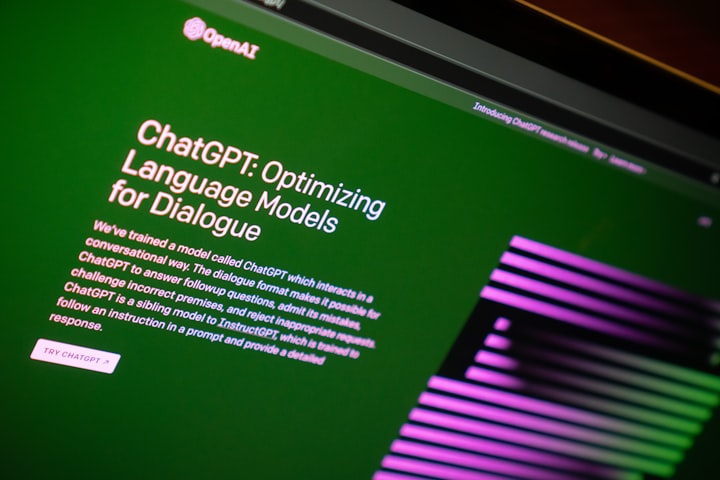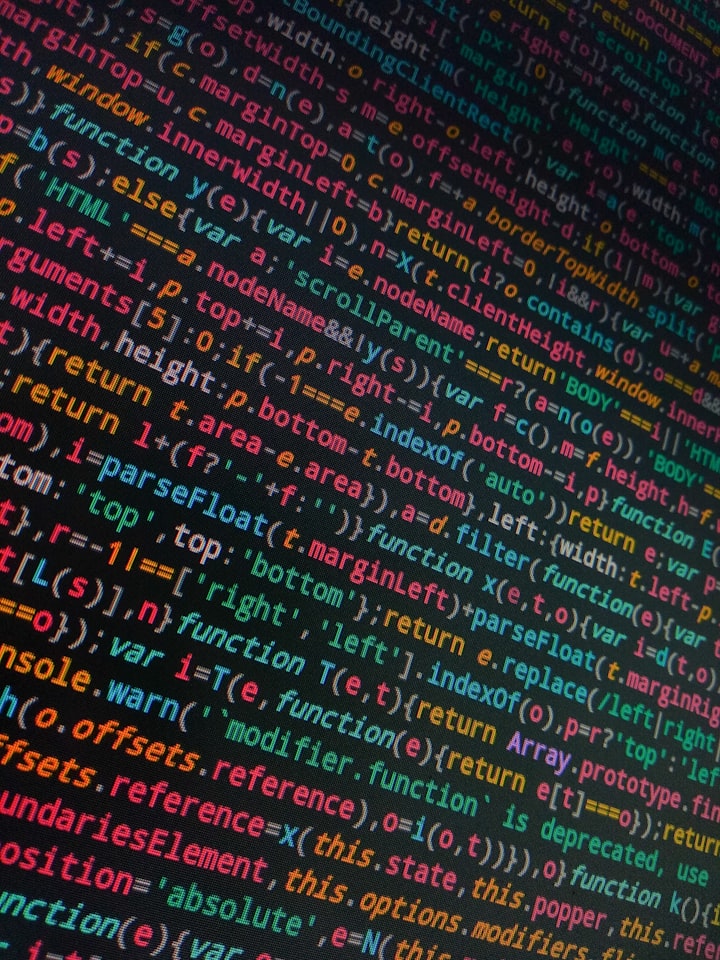AI-generated academic science writing can be identified with over 99% accuracy
The presentation of man-made brainpower chatbot ChatGPT has set the world buzzing with its capacity to produce human-like message and discussions

The presentation of man-made brainpower chatbot ChatGPT has set the world buzzing with its capacity to produce human-like message and discussions. In any case, numerous indications can assist us with recognizing artificial intelligence chatbots from people, as per a review distributed on June 7 in the diary Cell Reports Actual Science. In view of the signs, the scientists fostered a device to recognize man-made intelligence created scholarly science composing with more than close to 100% precision.
"We made a respectable attempt to make an open technique so that with little direction, even secondary school understudies could construct a man-made intelligence finder for various kinds of composition," says first creator Heather Desaire, a teacher at the College of Kansas. "There is a need to address simulated intelligence composing, and individuals needn't bother with a software engineering certificate to add to this field."
"This moment, there are a few pretty obvious issues with man-made intelligence composing," says Desaire. "One of the most concerning issues is that it collects text from many sources and there isn't any sort of exactness check — it's similar to the game Two Insights and an Untruth."
Albeit numerous computer based intelligence text locators are accessible on the web and perform genuinely well, they weren't fabricated explicitly for scholarly composition. To fill the hole, the group expected to fabricate an instrument with better execution exactly for this reason. They zeroed in on a kind of article called viewpoints, which give an outline of explicit examination themes composed by researchers. The group chosen 64 points of view and made 128 ChatGPT-created articles on similar examination subjects to prepare the model. At the point when they thought about the articles, they found a sign of simulated intelligence composing — consistency.
In opposition to artificial intelligence, people have more mind boggling section structures, differing in the quantity of sentences and complete words per passage, as well as fluctuating sentence length. Inclinations in accentuation imprints and jargon are likewise a giveaway. For instance, researchers float towards words like "nonetheless," "yet" and "in spite of the fact that," while ChatGPT frequently utilizes "others" and "specialists" recorded as a hard copy. The group counted 20 qualities for the model to pay special attention to.
At the point when tried, the model aced a 100 percent exactness rate at removing simulated intelligence created full viewpoint articles from those composed by people. For distinguishing individual sections inside the article, the model had a precision pace of 92%. The examination group's model likewise beated an accessible simulated intelligence text finder available overwhelmingly on comparative tests.
Then, the group intends to decide the extent of the model's pertinence. They need to test it on greater datasets and across various sorts of scholarly science composing. As simulated intelligence chatbots advance and become more complex, the scientists additionally want to find out whether their model will stand.
"The principal thing individuals need to know when they find out about the examination is 'Might I at any point utilize this to let know if my understudies really composed their paper?'" said Desaire. While the model is profoundly gifted at recognizing simulated intelligence and researchers, Desaire says it was not intended to get man-made intelligence produced understudy papers for teachers. In any case, she noticed that individuals can without much of a stretch reproduce their strategies to construct models for their own motivations.
ChatGPT has enabled access to artificial intelligence (AI)-generated writing for the masses, initiating a culture shift in the way people work, learn, and write. The need to discriminate human writing from AI is now both critical and urgent. Addressing this need, we report a method for discriminating text generated by ChatGPT from (human) academic scientists, relying on prevalent and accessible supervised classification methods. The approach uses new features for discriminating (these) humans from AI; as examples, scientists write long paragraphs and have a penchant for equivocal language, frequently using words like “but,” “however,” and “although.” With a set of 20 features, we built a model that assigns the author, as human or AI, at over 99% accuracy. This strategy could be further adapted and developed by others with basic skills in supervised classification, enabling access to many highly accurate and targeted models for detecting AI usage in academic writing and beyond.






Comments
There are no comments for this story
Be the first to respond and start the conversation.